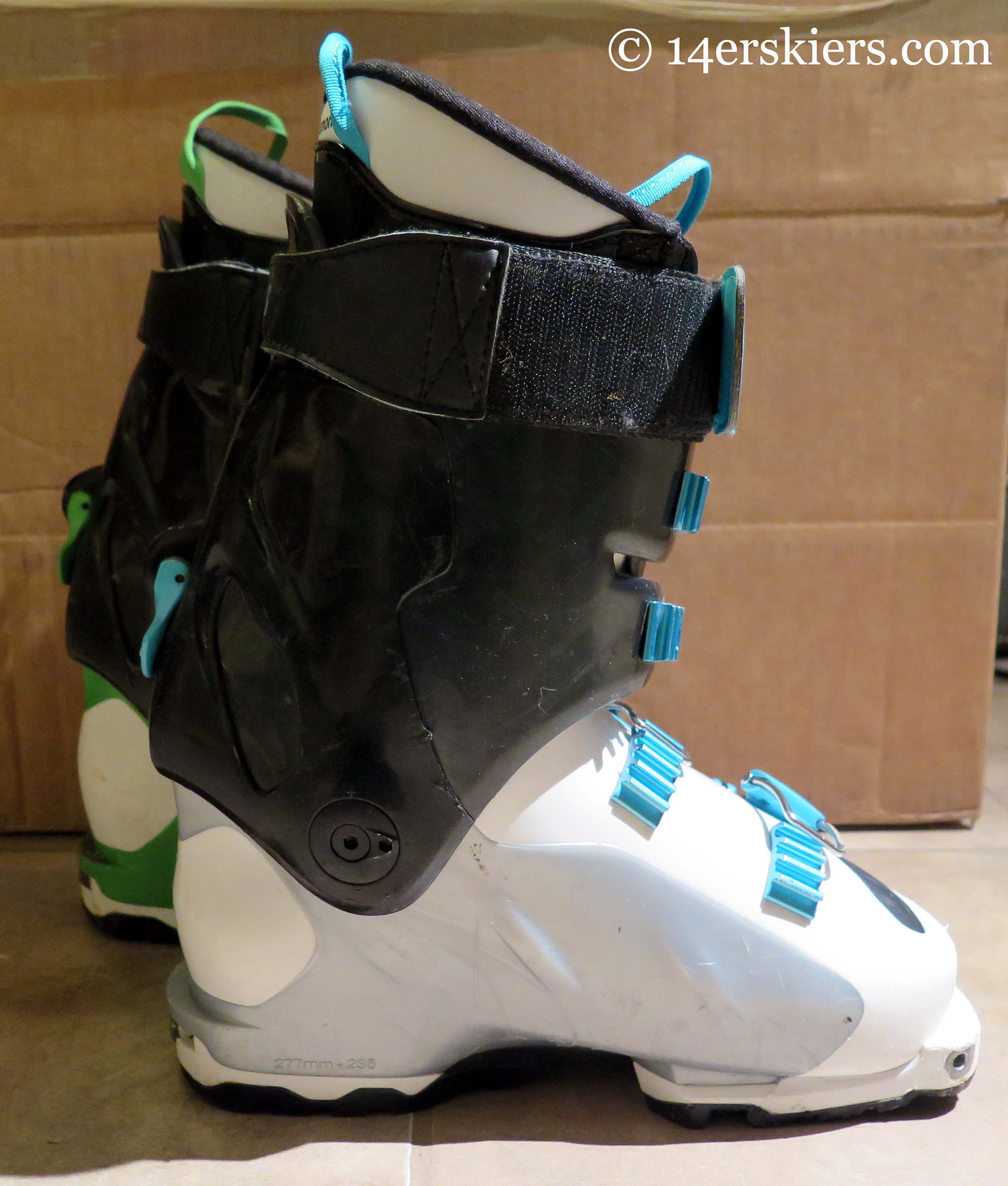Black Diamond Shiva MX Review
(Last Updated On: )
Frank recently reviewed the BD Factor MX. Here, I will review the 2014 Black Diamond Shiva MX freeride AT boot and compare it to its predecessor Shiva which I began skiing in 2011.
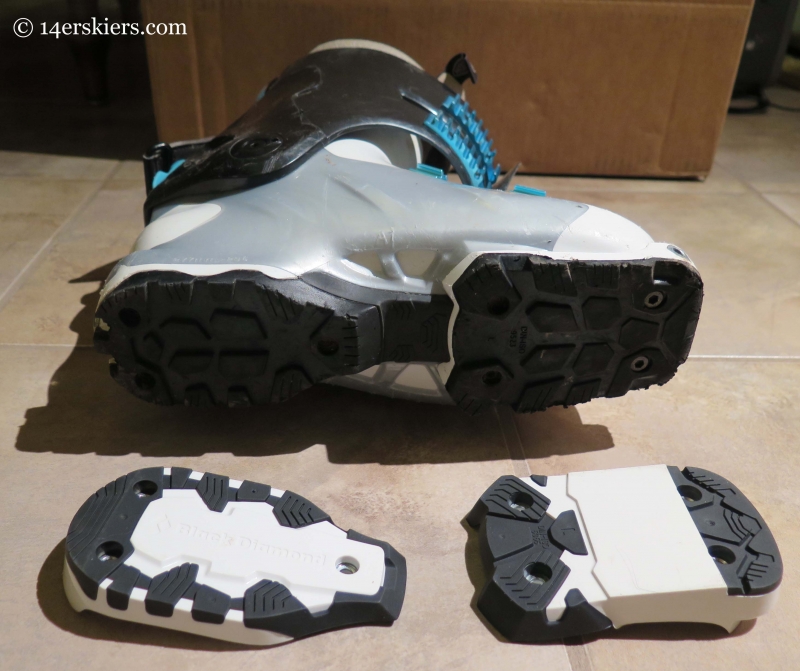
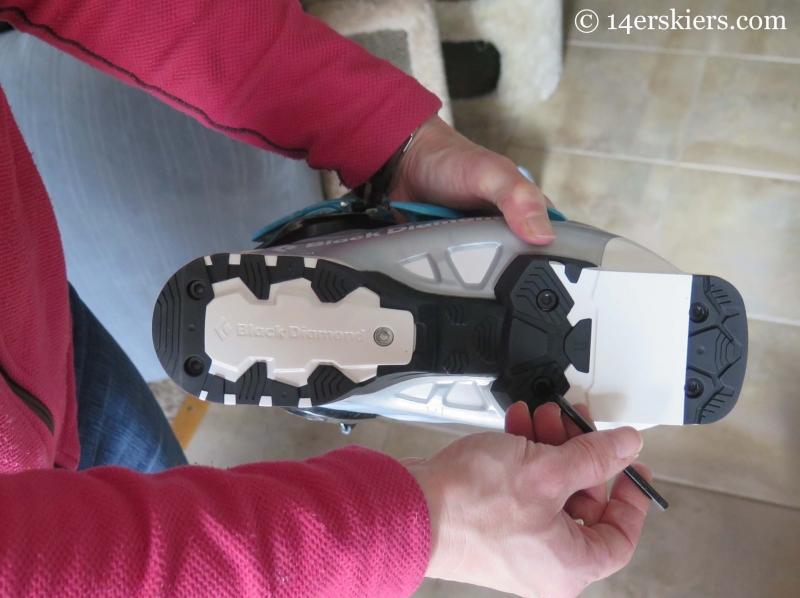
Background
The Shiva is intended to be a freeride AT boot. It has been built as a stiffer AT boot that skiers can use both in and out of bounds. Sole blocks are available for both AT and alpine bindings.
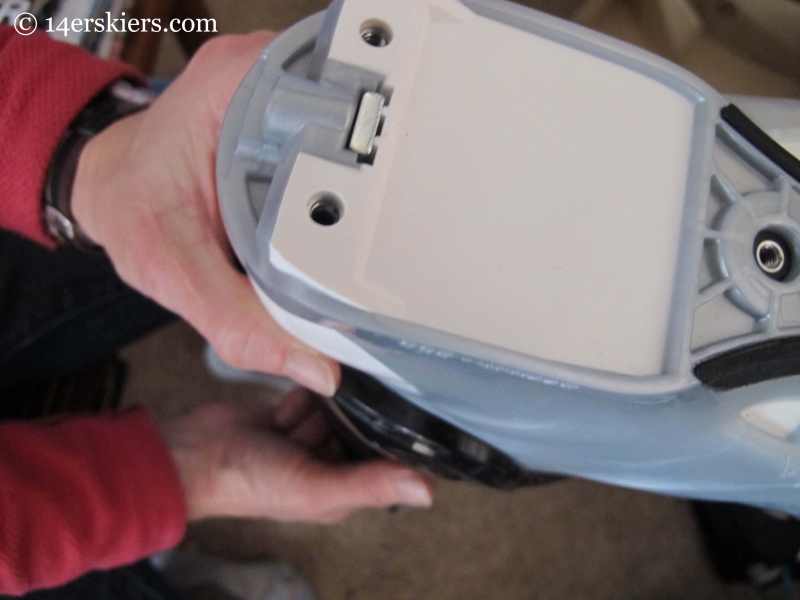
Stiffer and Better Performance
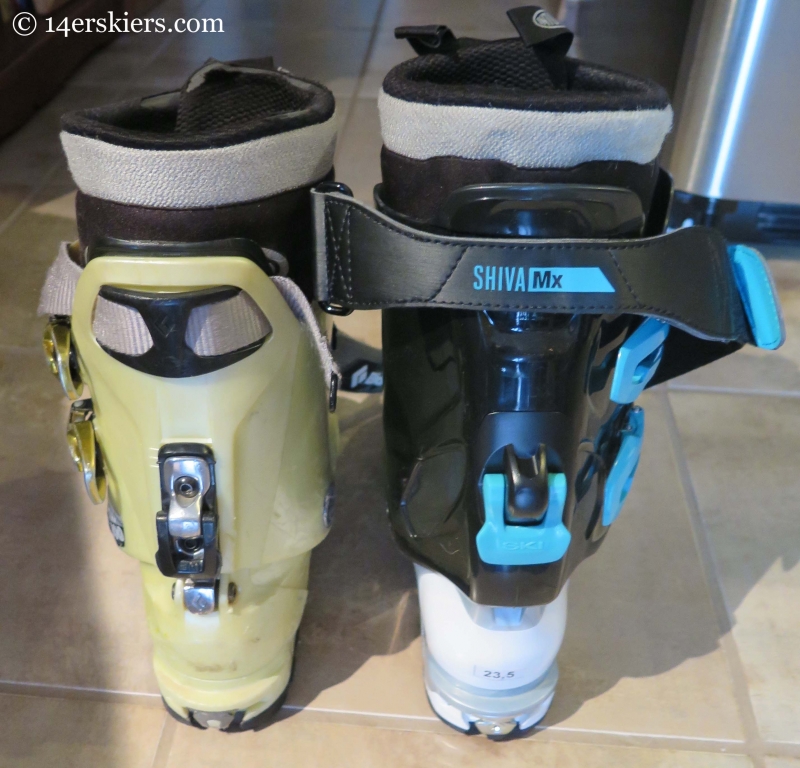
While the increase in stiffness improved the performance of the Shiva, performance was also enhanced by their Direct Connect system. Now, there’s a lot of things that go in to this Direct Connect system. But, I will highlight a few things that I really noticed.
First, when comparing how the sole blocks are attached between the older Shiva and the new, you can see that there are a lot more screws on the newer model. This means that the sole block is attached more solidly in more places. In addition, the screws on the MX are attached to a HeliCoil-style insert that is already embedded into the boot, instead of being screwed directly into the plastic. Additionally, these screws penetrate deep into the boot. The result of all of this is that the sole block moves more with the boot instead of separate from it, decreasing the small amount of play that can occur with removable sole blocks.
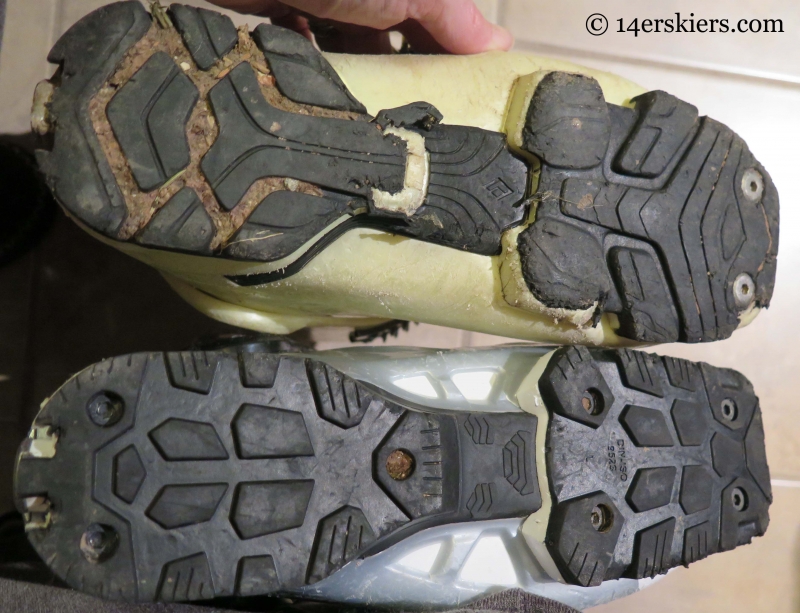

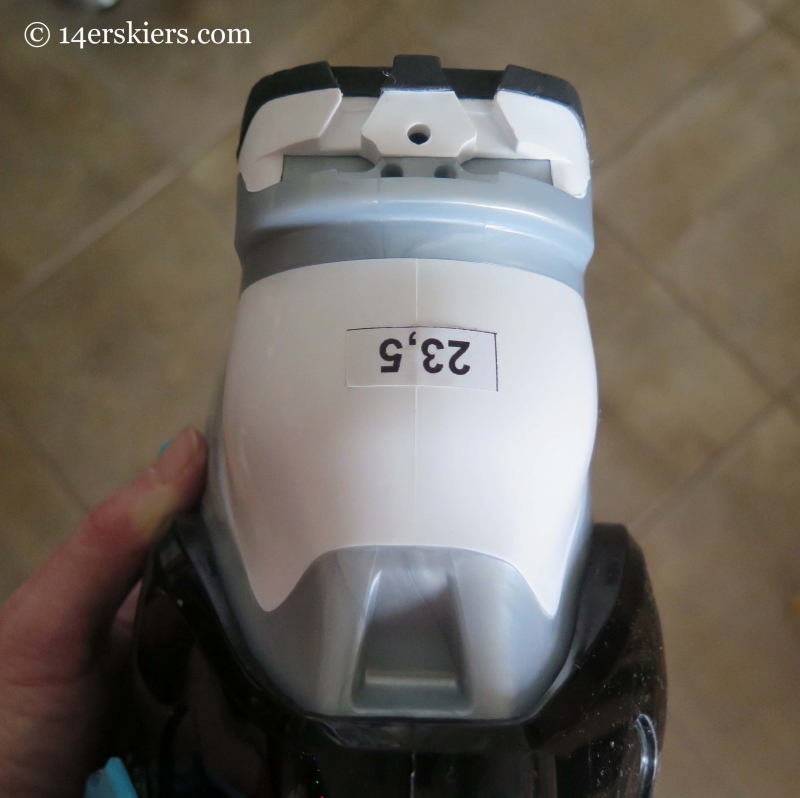
Drastic Improvements in Touring
I loved my original Shivas, and I still do. Until the Shiva Mx, they were the best AT boot I’d ever skied. But, my main complaint was always their touring mode. While the Shivas were fine touring uphill, touring on flat or down-sloping terrain was difficult. It was also difficult to walk downhill in them. This was because their touring range was limited, especially in the aft position. But, Black Diamond fixed this in the Shiva MX. The improved motion is noticeable right away.
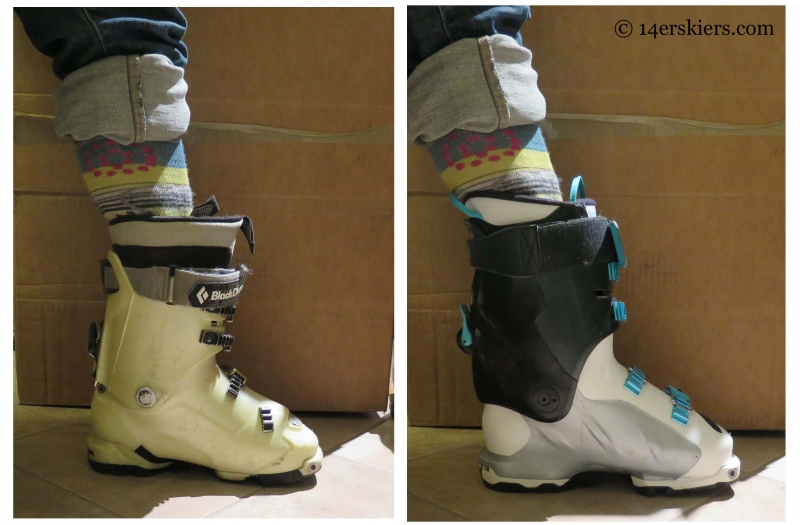
Differences in Buckles
Both the older Shiva and the Shiva MX come with micro-adjustable buckles. But, the buckles on the MX are 30% lower profile and therefore lighter. However, buckle durability was improved on the MX by having them attach to two points on the shell, rather than one. The buckles on the MX also have smaller spacing between the adjustments, which is nice sometimes for adjustability. My only complaint is that there is a rather sharp curve on the top of all the ladder notches, especially for the touring-mode rung. The bail actually gets stuck a little too often in these rungs and it can be annoying at times when transitioning.
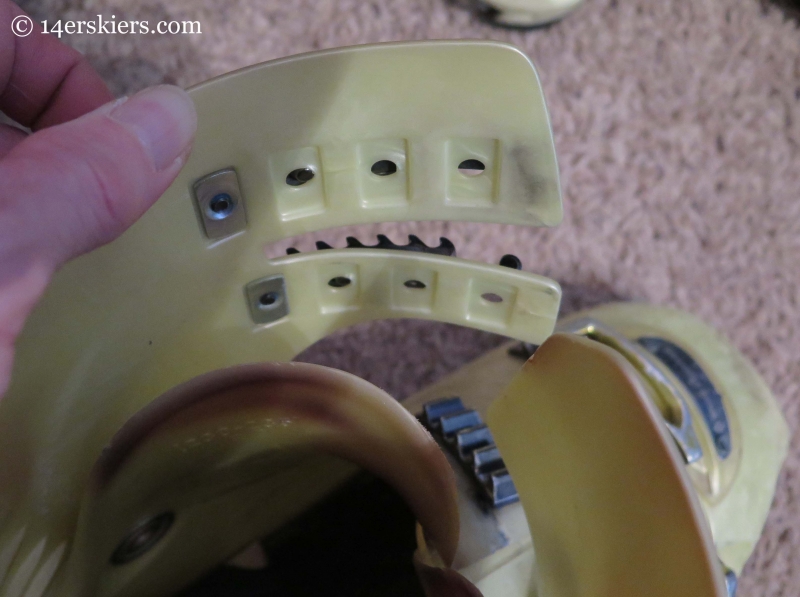 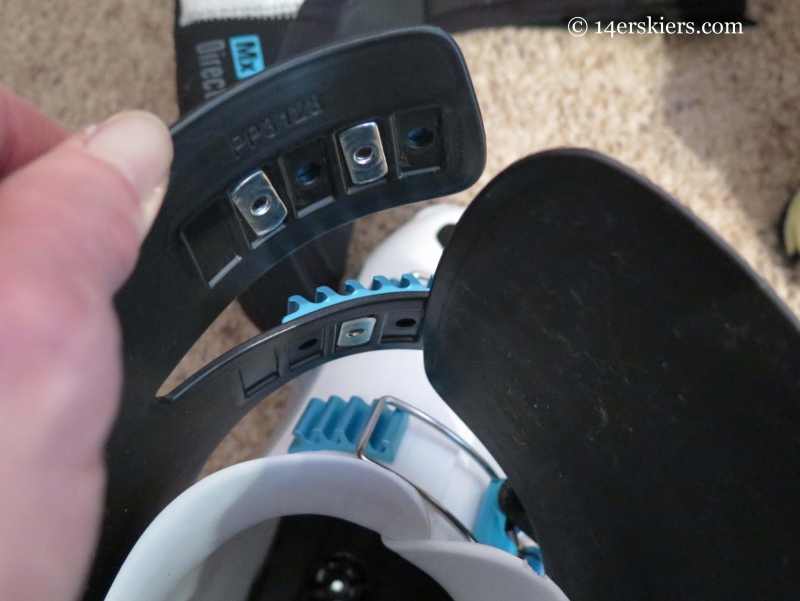 |
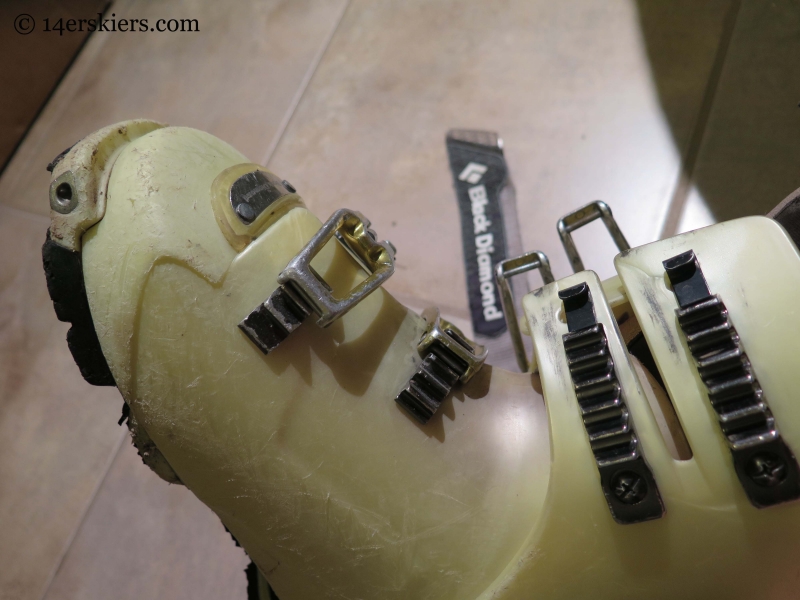 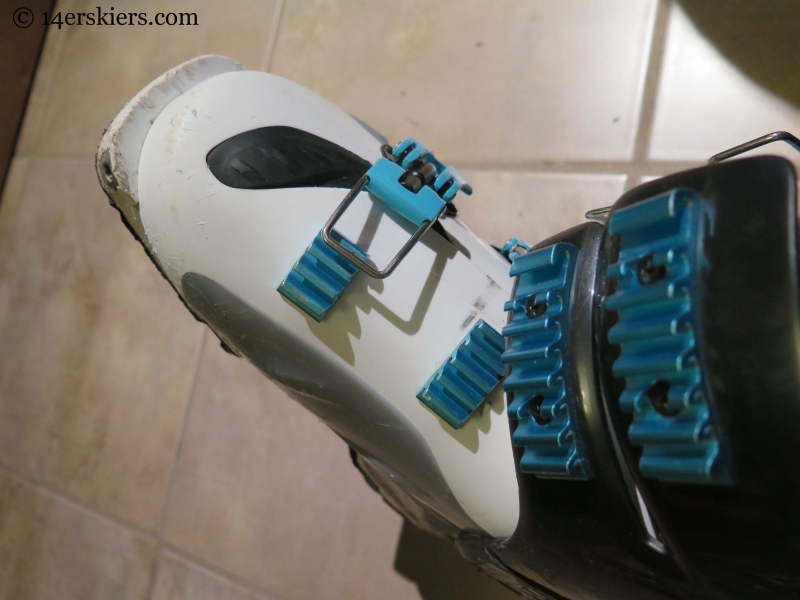 |
Less Forward Lean
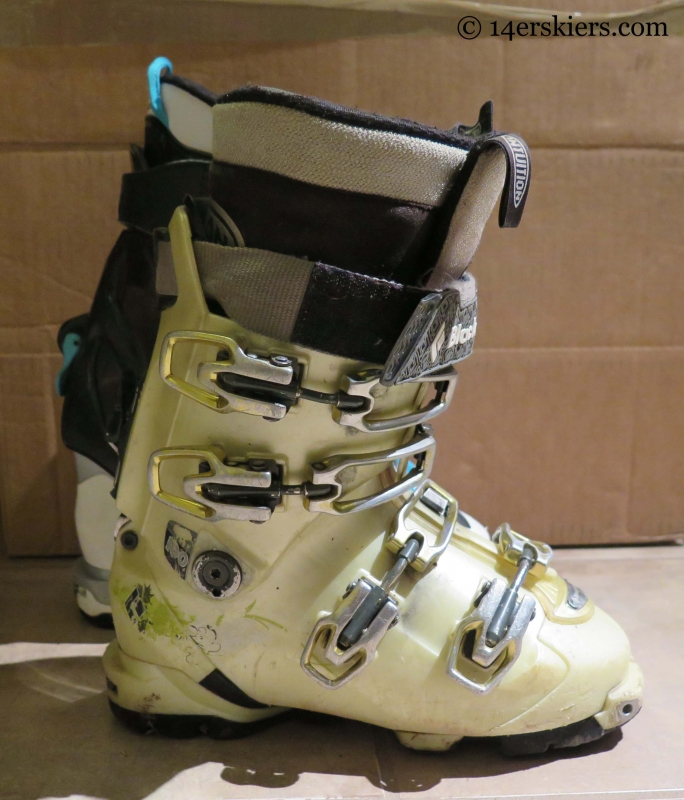
The Shiva MX came stock with a forward lean of 18°, but can be adjusted to either 22° or 14°, depending on preference. Adjusting the forward lean position is a bit of a pain, especially compared to the older Shiva. But, with a few tips, it doesn’t have to be hard. So, if you need to adjust the forward lean position, make sure you read our post on how to do it. It could save you some headaches and keep from you having springs bouncing around everywhere like we experienced 😉
I tried all three positions and I found the 14° to be basically impossible to ski. I didn’t like the 18° position either, but I did find the 22° to be tolerable. I still would like a bit more forward lean. But, I feel that the lean could be adjusted with a heel riser under the foot bed and/or a spoiler in the back cuff of the shell.
Again, this forward lean is just a personal preference. I grew up skiing in boots that had a pretty aggressive forward lean overall. So, that is what I am used to.
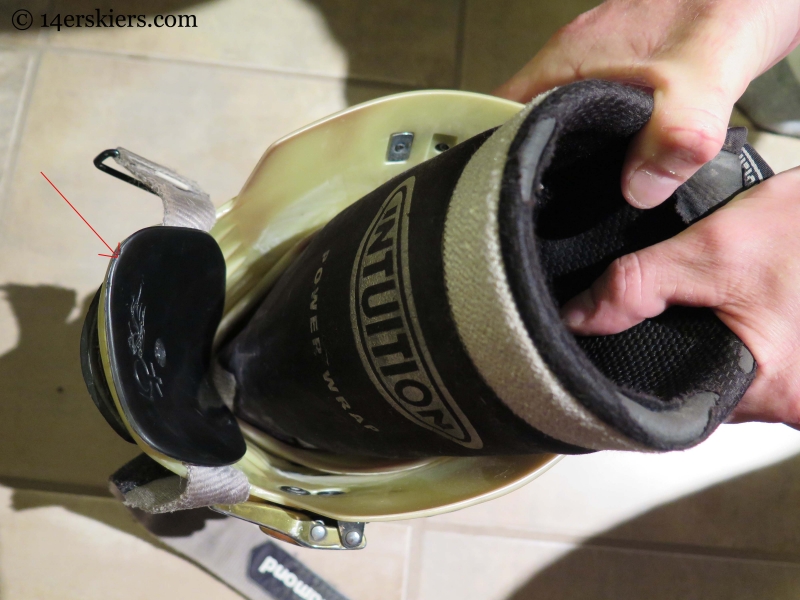 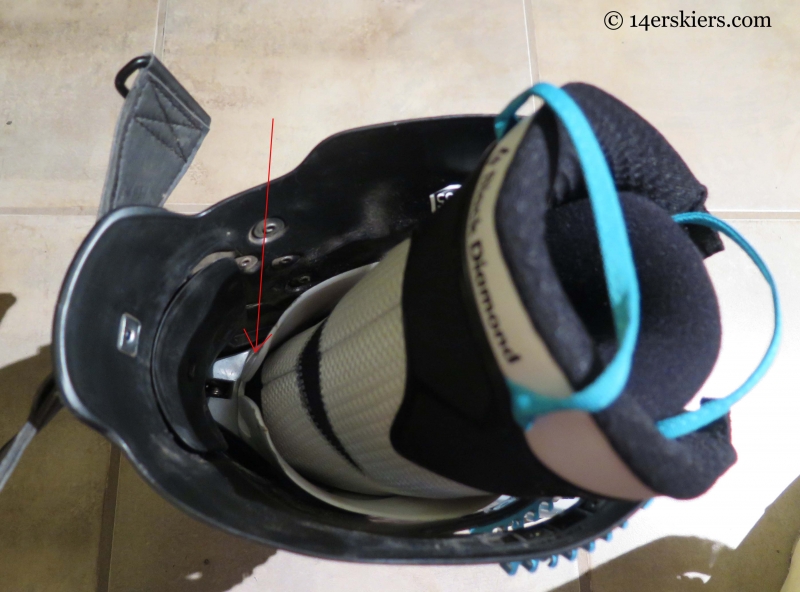 |
Better Fit
Finding a boot that fits you right is one of the hardest things. I have a fairly low profile, but wide, foot and narrow ankles and calves. I also have a small foot (my alpine boot is actually a size 22.5). The Shiva has always fit most of these aspects of my foot/ankle/calf profile. But the MX fits even better.
The most perceptible improvement is in the heel. The boot has a deeper heel pockets and fits tighter around the heel, decreasing heel movement and the chances of developing those pesky bone spurs. The improvement in the heel is remarkable.
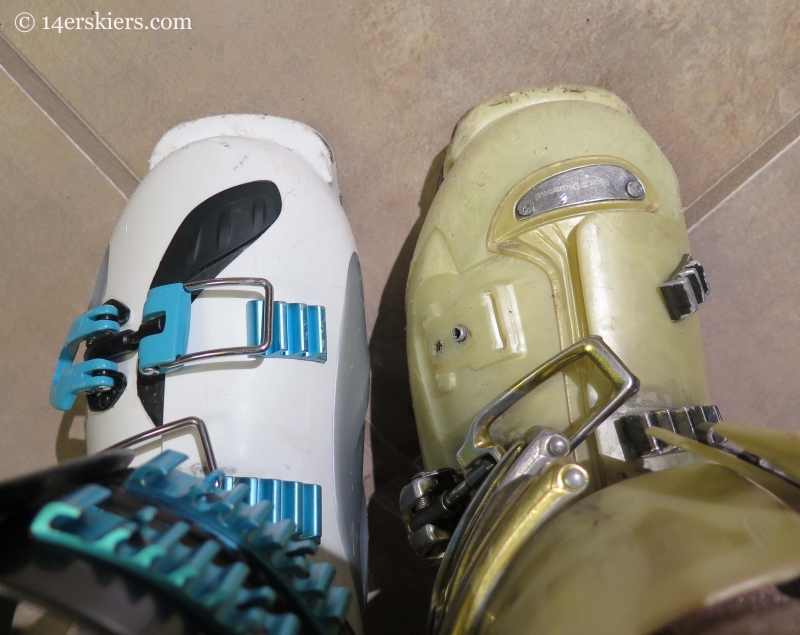
Boxier Toe Block
The removable toe blocks between the two Shiva models are a bit different. The older Shiva has a slightly more rounded shape. The Shiva MX is a tad boxier. I believe this is the reason why I find it easier to step into tech bindings using the Shiva MX over the older Shiva.
Conclusion
Like I said before, I loved my Shivas. But, I love the Shiva MX’s even more. With improved stiffness and performance, a better fit, and much better touring mode, the MX is a great AT boot that can transfer well into skiing the resort as well. My only suggestion for improvement would be to alter the buckle system a bit to reduce the likelihood that the bails get stuck on the ladder. Otherwise, I am happy to say that this boot skis with high performance, but is light and comfortable for long tours. The Black Diamond Shiva is a great boot – the best AT boot I’ve ever skied!
- Mount Buckskin (17 May 2020) - May 28, 2020
- Horseshoe Ski (14 May 2020) – The mountain whose journey nearly killed me - May 27, 2020
- Sayres X-Rated Ski (10 May 2020) - May 19, 2020

